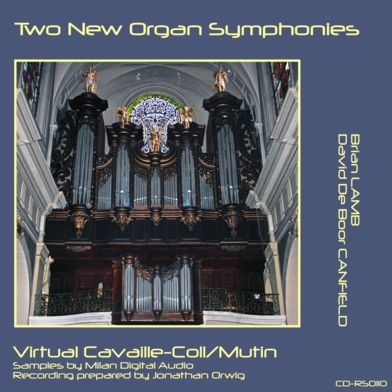Evensongmusic.net is proud to introduce a line of CD releases to be known as the Repertoire Series. The main goal is to provide quality recordings of organ repertoire that is not currently commercially recorded.
Secondary goals and objectives are:
Since the primary objective is disseminating unfamiliar repertoire, we have chosen to utilize the Hauptwerk software sampler to produce our recordings. The technology has progressed to such a degree that recordings made with it are nearly indistinguishable from recordings made with the actual instrument. We believe we can still offer a quality product in this way, and yet avoid many of the costs associated with recording on location. Furthermore, in many cases we will be returning a significant portion of the proceeds to the churches/venues to help offset the costs associated with maintaining an historic instrument. It is also hoped that at some point in the future a certain number of recordings can indeed be made on location in the traditional manner.
These recordings will also be eventually released as digital downloads for those who might prefer that format.
Enjoy your visit, and stop by frequently to see what's new!
Best wishes,
- Jonathan Orwig












